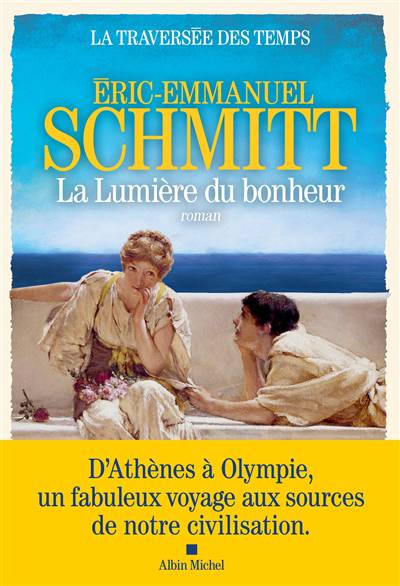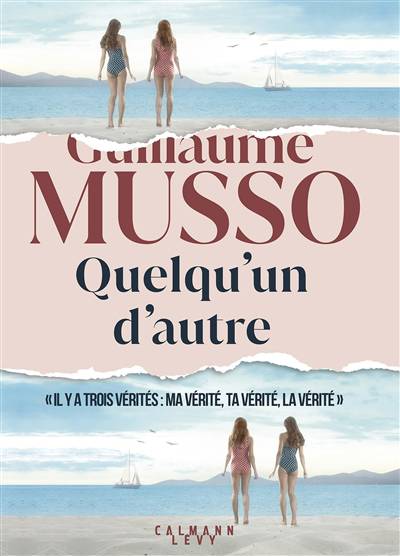
- Retrait gratuit dans votre magasin Club
- 7.000.000 titres dans notre catalogue
- Payer en toute sécurité
- Toujours un magasin près de chez vous
- Retrait gratuit dans votre magasin Club
- 7.000.000 titres dans notre catalogue
- Payer en toute sécurité
- Toujours un magasin près de chez vous
Diversification of Mexican Spanish
A Tridimensional Study in New World Sociolinguistics
Margarita HidalgoDescription
This book offers a diversification model of transplanted languages that facilitates the exploration of external factors and internal changes. The general context is the New World and the variety that unfolded in the Central Highlands and the Gulf of Mexico, herein identified as Mexican Colonial Spanish (MCS). Linguistic corpora provide the evidence of (re)transmission, diffusion, metalinguistic awareness, and select focused variants. The tridimensional approach highlights language data from authentic colonial documents which are connected to socio-historical reliefs at particular periods or junctions, which explain language variation and the dynamic outcome leading to change.
From the Second Letter of Hernán Cortés (Seville 1522) to the decades preceding Mexican Independence (1800-1821) this book examines the variants transplanted from the peninsular tree into Mesoamerican lands: leveling of sibilants of late medieval Spanish, direct object (masc. sing.] pronouns LO and LE, pronouns of address (vos, tu, vuestra merced plus plurals), imperfect subjunctive endings in -SE and -RA), and Amerindian loans. Qualitative and quantitative analyses of variants derived from the peninsular tree show a gradual process of attrition and recovery due to their saliency in the new soil, where they were identified with ways of speaking and behaving like Spanish speakers from the metropolis. The variants analyzed in MCS may appear in other regions of the Spanish-speaking New World, where change may have proceeded at varying or similar rates. Additional variants are classified as optimal residual (e.g. dizque) and popular residual (e.g. vide). Both types are derived from the medieval peninsular tree, but the former are vital across regions and social strata while the latter may be restricted to isolated and / or marginal speech communities.
After one hundred years of study in linguistics, this book contributes to the advancement of newer conceptualization of diachrony, which is concerned with the development and evolution through history. The additional sociolinguistic dimension offers views of social significant and its thrilling links to social movements that provoked a radical change of identity. The amplitude of the diversification model is convenient to test it in varied contexts where transplantation occurred.
Spécifications
Parties prenantes
- Auteur(s) :
- Editeur:
Contenu
- Nombre de pages :
- 437
- Langue:
- Anglais
- Collection :
- Tome:
- n° 111
Caractéristiques
- EAN:
- 9781501512629
- Date de parution :
- 24-10-16
- Format:
- Livre relié
- Format numérique:
- Genaaid
- Dimensions :
- 160 mm x 236 mm
- Poids :
- 771 g







